Project Introduction
The life cycle of a DFAD buoy
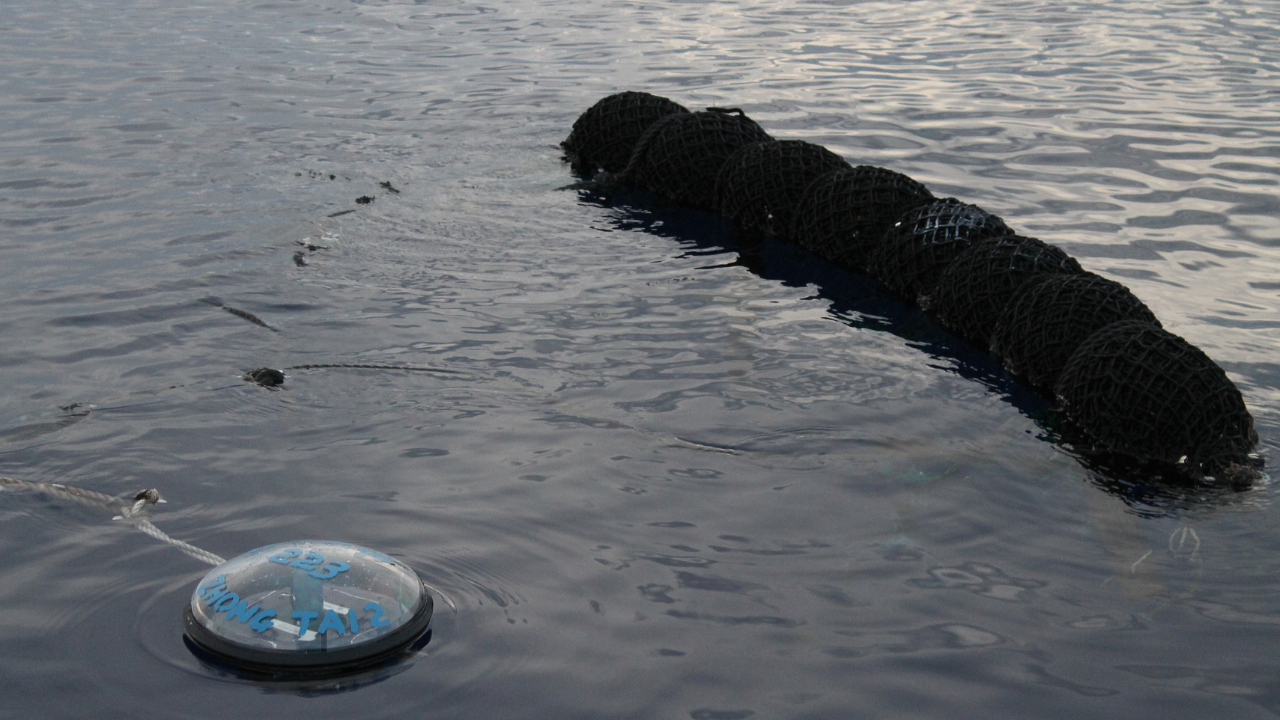
After the DFAD is launched from the fishing vessel, it will drift freely in the ocean until it either detects fish or runs ashore. In the Indian Ocean, a single purse-seining vessel is allowed to deploy 300 such DFADs a year depending on the region. Photo provided by Alex Hofford under the creative commons license.
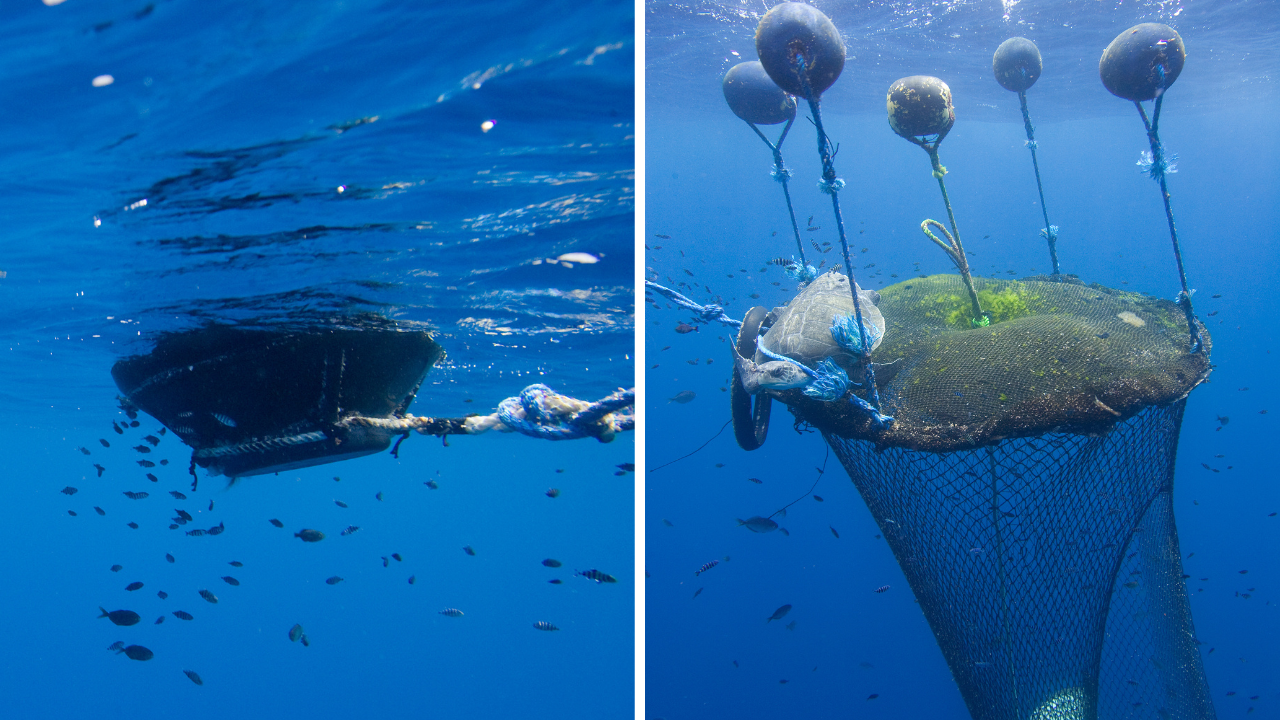
The subsurface structure of the DFAD attracts marine life while its accompanying echo sounder buoy can remotely detect the prescence of tuna shoals. Photos provided by Alex Hofford under the creative commons license.
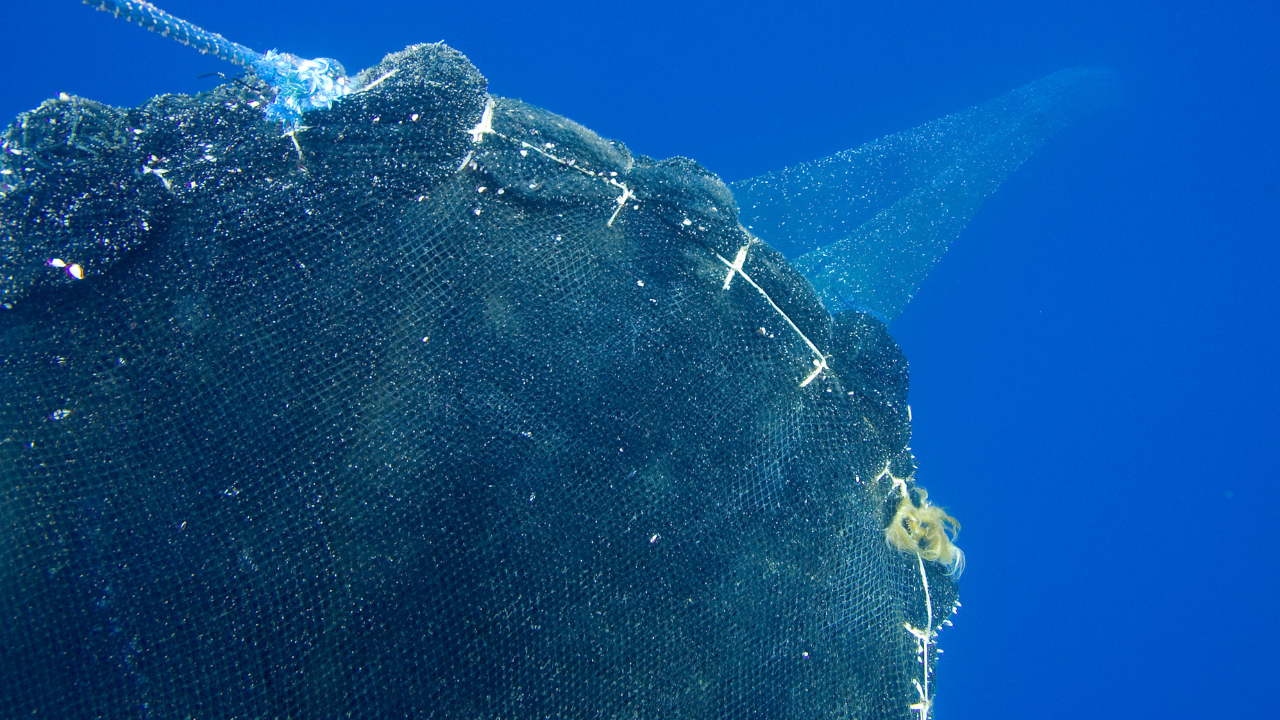
This a top view of the sub-surface structure of a DFAD. Many DFADs have structure that extends 50 meters below the FAD. Photo provided by Alex Hofford under the creative commons license.
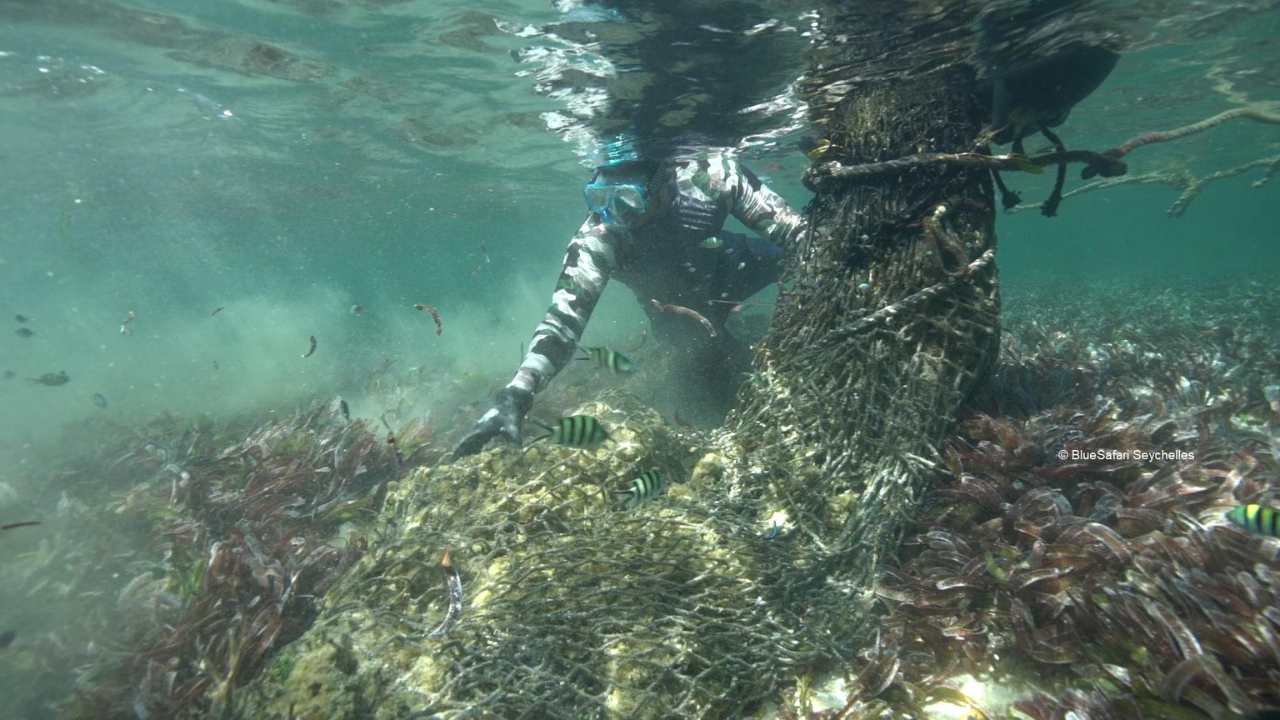
While most are never recovered, here we see a crew of conservationists unentangling a DFAD that has grounded on a coral structure. Photo by Blue Safari Seychelles and is not for redistribution without their express consent.
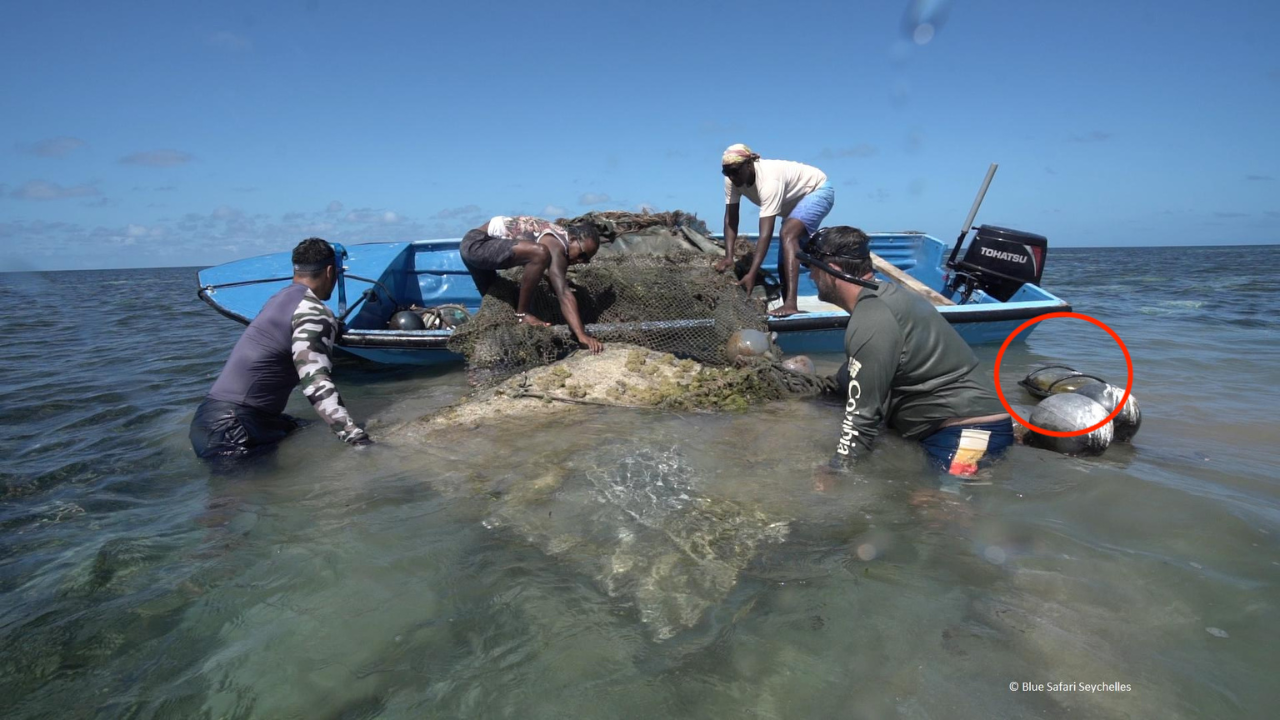
Recovering a grounded DFAD with echo sounder buoy in view. Photo by Blue Safari Seychelles and is not for redistribution without their express consent.

Old, broken, or unused echo sounder buoys near a fishing port.
DFAD Shakedown:
Upcyling DFADs for Conservation & Research
While the commercial fishing industry has access to these mass produced buoys, the conservation and research sector does not have access to this level of remote technology at this price point. While DFADs are certainly an environmental hazard, they also represent untapped resource for coastal communities.
Furthermore, carbon credits and debt-for-nature swaps are creating a need for sustainable, cost-effective monitoring globally, as more and more nations try to quantify the benefit their local environment contributes to global ecological health.
These three projects can help meet those needs while incentivizing larger scale reclamation and recycling programs.
Solar Powered Hydrophone

Listen here or see the deployment in the video below.
Solar Powered Video Buoy

Check out the video to see the deployment, or download the raw video footage here
Water Quality Monitor

Check out the water quality data to see the initial 3 day deployment results. The motion data has its own spreadsheet since we sampled at 10hz for 3 days.
Want to build your own?
Check out the build instructions below for a step-by-step guide.

Recycling Overview
The Technical Challenges
As we delve into the challenges of remote marine monitoring, it becomes evident that equipment cost, environmental hazards, post-processing, and delayed feedback are significant barriers to researchers and conservation workers.
Equipment Cost
The high equipment cost in marine monitoring arises from the harsh oceanic environment, limited demand, intensive service requirements, and limited suppliers. However, by managing our deployments personally and sourcing materials from recycled and open-source resources, the resulting systems is substantially below market price while providing modern features left missing on most off the shelf solutions.
Environmental Hazards
The extreme oceanic conditions can pose a design and testing challenge. However, by utilizing recycled materials - specifically, robust FAD buoys initially built for these conditions - we bypass many of these challenges, saving both time and resources.
Post Proceessing
The sheer volume of data generated from marine monitoring systems can be overwhelming. We address this by employing open-source tools like OpenCV and FFmpeg to post-process our data in parallel with data capture. This provides summary statistics and feature extraction that considerably reduce the time spent reviewing extensive video, audio, and numerical data.
Delayed Feedback
Traditional remote marine monitoring typically uses data loggers that require device retrieval which adds significantly operational costs. Additionally, the cumbersome access to results increases response time for both research and shrinks the window for meaningful action. By incorporating cell modems and iridium modems into our system, we provide real-time feedback on the status of the deployments.
 Brett Smith
Brett Smith